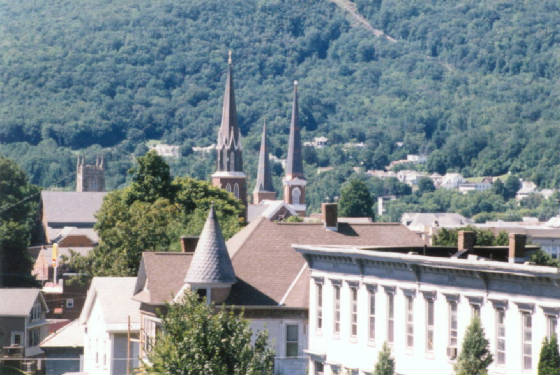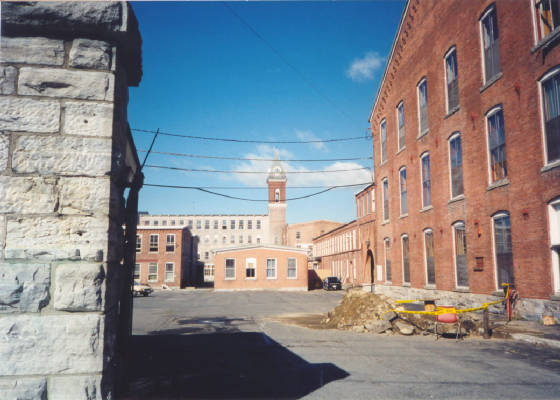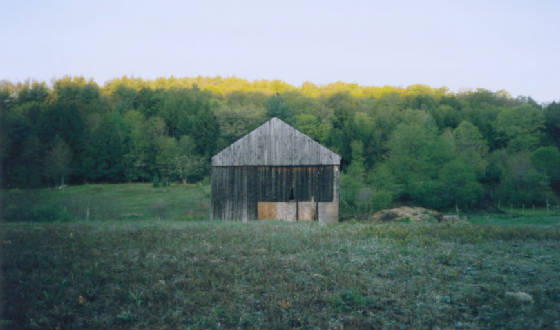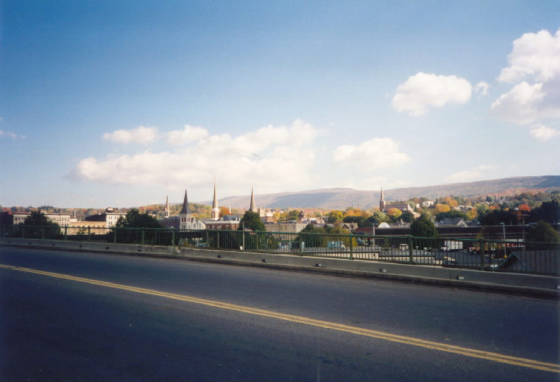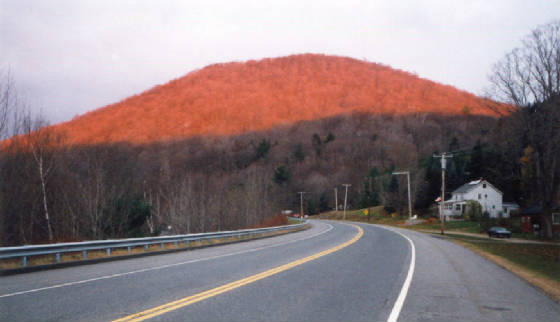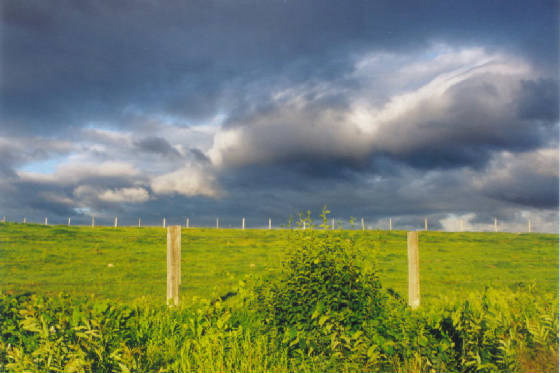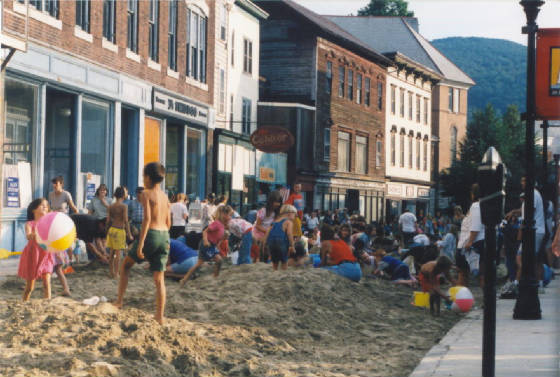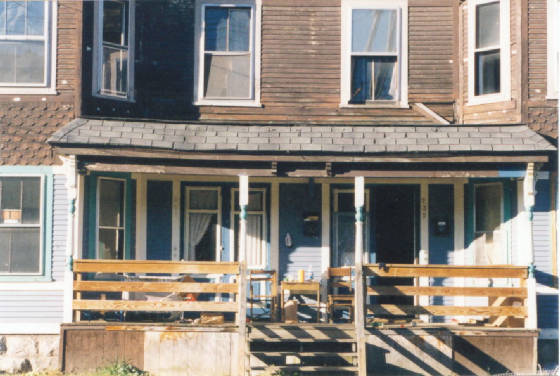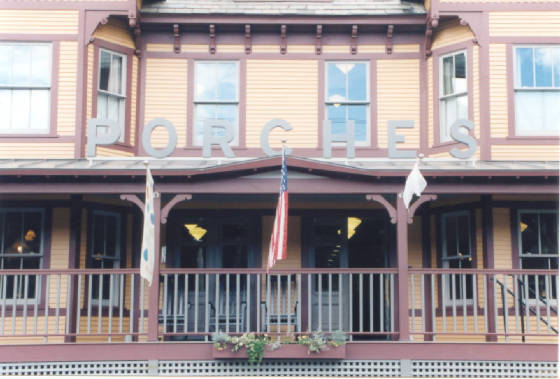“On the drive up here, I was imagining what this place could be. I thought it would be a place that people would travel some distances to see. I’m just dreaming here. It’s some years off, but it’s nice to be in on the ground floor.” -Artist and singer David Byrne, at the opening of his exhibit at the Massachusetts Museum of Contemporary Art (Mass MoCA), July 27, 1996
On August 14, 1996, I got up about 5:00 in the morning, drove out of my driveway in Torrington, Connecticut, and headed up Route 8 to North Adams, Massachusetts. The road winds through one of the most rural areas in southern New England. The barns and deciduous trees glowed as they caught the first rays of sunlight. Two hours later, I crossed over the Hadley Overpass, stared at the church steeples, and descended into a new world that has changed my life immeasurably. Since then, I have visited the city more than 1,000 times.
It was Byrne’s exhibit at Mass MoCA that had lured my wife and me to the city for our first visit, six days before the artist spoke his prophetic words on July 27 at the former Sprague Electric Company, which at the time, was a mass of empty factory buildings three years away from being a museum. It was a strange day. The press release in our local newspaper had led us to believe that the opening was on Sunday, July 21. We showed up at 1:00 and saw a sign on the door announcing the opening for the following Saturday. We stared at each other, and I said, “It’s pretty here. I love those mountains. Let’s walk around for a while.”
We explored the city for more than three hours, had dinner at Boston Seafood, and started home, only to be lured back again by an incoming freight train, which we wound up watching from the top of a footbridge overlooking the city and a spooky little tunnel. It was magic.
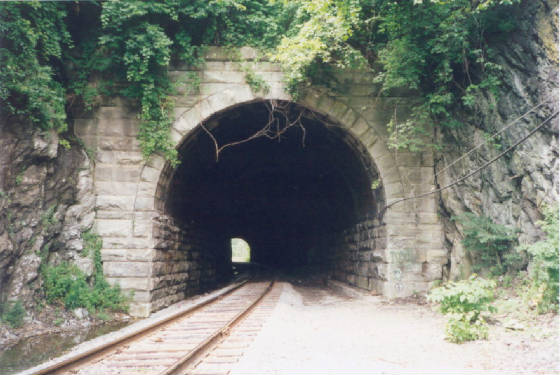
We came back Saturday, saw the exhibit, walked around some more, chatted with a few people and stayed overnight. Driving home the next day, I said to my wife: “I’m going to return by myself soon. I’d like to write some poetry about the city. Something tells me it’s a special place.”
So there I was, 18 days later, sitting by a window facing Main Street, eating breakfast at the Appalachian Bean Café. I spent most of the day walking, asking questions, taking notes and snapping pictures. I saw the Byrne exhibit again, and then stood at the main gate, stared at the clock tower and wondered what it had been like to work there. I sat in the bleachers at Joe Wolfe Field for quite a while, and even ran around the bases once. After lunch, also at the Bean (there wasn’t much else on the street), I hopped on the railroad tracks near Heritage State Park, journeyed down about a half-mile, walked back, went through the tunnel, and ended up at Hill Side Cemetery. It felt like some sort of spiritual awakening.
When I learned this summer that the rock band, Wilco, was scheduled to perform on August 14 at the Solid Sound Festival at Mass MoCA, I knew the stars were aligned. It would be exactly 14 years, to the day, that I had made that “spiritual” visit. So I decided to come up early, stay all day and reflect on how different those two days were.
After an hour drive on an equally rural road from my home in Florence, Massachusetts (I moved there in 1999), I was back, bright and early, at my breakfast spot by the window, only now the place is called Petrino’s Cafe. I didn’t know what to expect on that first visit, but this time, I knew exactly what was going to happen. Six thousand people were going to pour into the city for the concert. I wrote that down, as well as the other big change I had thought of right off the bat. I’m 14 years older and probably won’t repeat the walk on the railroad tracks. I’m more careful now, and besides, aren’t there more trains coming through these days since they lowered the tracks in the 5-mile-long Hoosac Tunnel?
I noted the signs posted on Petrino’s window, one for DownStreet Art, the other announcing: “Open late for Wilco.” Imagine that in 1996, or the farmer’s market on Eagle Street, which enjoyed a healthy crowd by 9:30. Only a few weeks before, the street was full of tons of sand and hundreds of children and parents for the annual Beach Party.
I went down to Joe Wolfe Field. The whole area is spruced up, there are more fields and play areas, and the SteepleCats made the New England Collegiate Baseball League playoffs this year. They sure weren’t around in ’96. Neither were the downtown benches, or the beautiful addition to the library, which was just another dream 14 years ago.
I managed to grab lunch and a seat at Brewhaha just before the place was deluged. They opened 10 years ago and are still going strong. The rest of the afternoon, I hung out at Mass MoCA, watched the concertgoers stream in, wandered in the galleries, and peered out some of the windows to steal a few moments of the music performances. It occurred to me that David Byrne wasn’t just dreaming when he said, “I thought it would be a place that people would travel some distances to see.”
Periodically, I returned downtown to see what was going on. In mid-afternoon, Petrino’s had to close temporarily because it ran out of food. Steve Green and I sat at a sidewalk table and passed along suggestions to tourists looking for food or coffee. One couple asked about a good place to get a beer, so I sent them to the Mohawk Tavern. I was reminded of the many times a few years ago that tourists hailed me from a car and asked how to get back on Route 2. That’s another change.
I had an early dinner at the Hub, another great new restaurant that wasn’t there 14 years ago. I sat at the bar and enjoyed a blackened fish sandwich, and struck up a conversation with a couple from the Hudson Valley who had come over for the concert. “We didn’t realize how close it was. It’s lovely here. We’ve already made plans to come back in a few weeks.”
Before I called it a day, I took a walk on River Street, past MoCA, and past the Porches Inn, which restored and remodeled the house (above left), and others, in 2001. Then I turned around and walked all the way to Eagle Street. I took that route on my first day 14 years ago, and I wondered about all the people in those old houses looking down from the hills. What did they think about the idea of a big museum in the place where their ancestors once worked? Did they think it would make a positive difference in their lives? What do they think about that now? For many folks in North Adams, there is still darkness in the brightest of days. Will our rising fortunes make those people harder to see?
I also think about the Yankee Magazine reporter who spent a day with me in the city about 10 years ago. She was working on an article about me. I took her all over the place, even through the little tunnel downtown. The next day, she sent me an email: “Thanks for the tour. I love North Adams. I’m thinking about moving there when I retire. Nothing is quite so seductive as potential.”
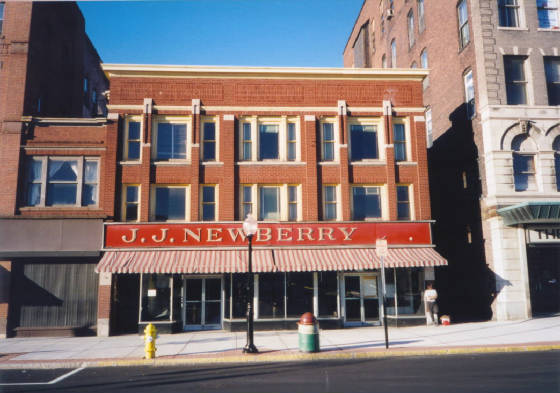
Potential can take you only so far. On my way back to the car, I passed the vacant storefront that used to be J.J. Newberry’s, and more recently, Moulton’s General Store. It was vacant when I came to town 14 years ago. A sign in the window says, “Future home of your new business.” That makes me sad, but it’s not going to dampen my spirit. Getting to know the residents of North Adams has made me a more hopeful person. Like David Byrne, I am still “imagining what this place could be.”
“It’s just amazing. The city feels like it’s a smaller, more isolated type of community that has this major art center as part of its identity. Unfortunately, that’s not very common in this country. We’ve been super impressed since we got here a few days ago.” -Jeff Tweedy, lead singer for Wilco
“It’s beautiful. There’s something about the topography that just makes you feel at home.” -John Stirrit, bass player for Wilco
